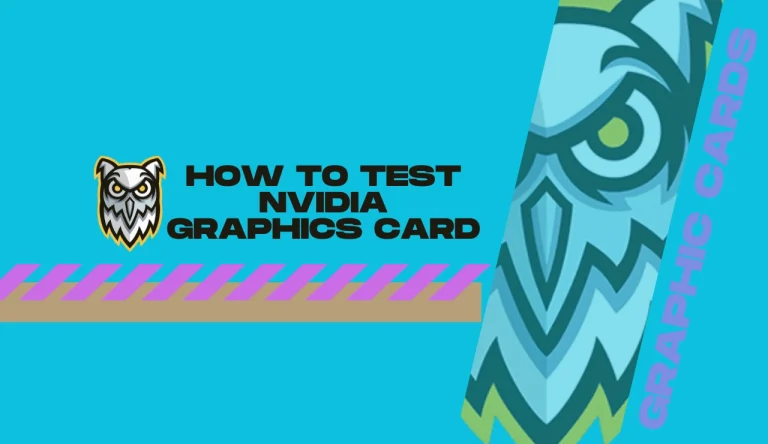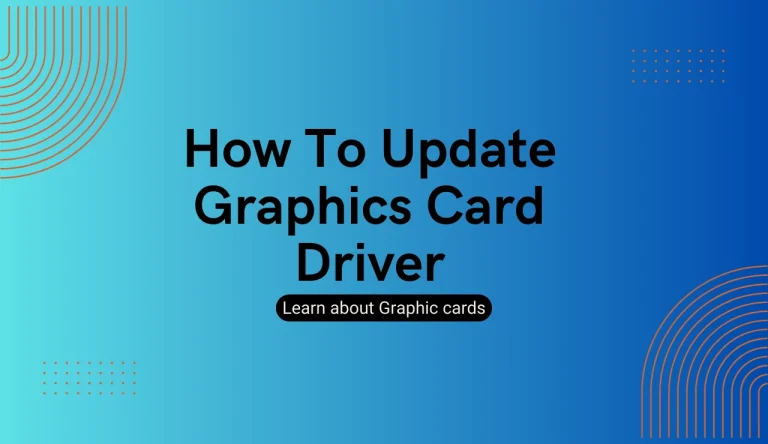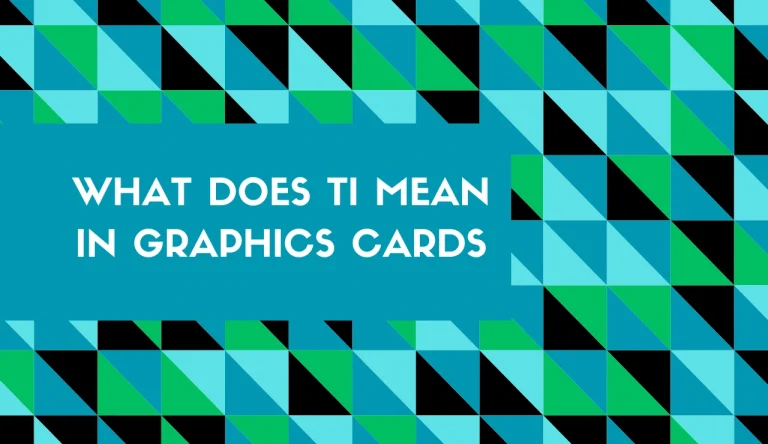How Long Do Graphics Cards Last
Have you ever wondered how long do graphics cards last?
Graphics cards are a crucial component of any gaming or multimedia system, and their lifespan can greatly impact the performance and longevity of your entire setup.
Understanding the factors that influence the lifespan of a graphics card is essential for making informed decisions regarding upgrades and maintenance.
In this article, we will explore these factors in detail, including signs that indicate your graphics card may be failing.
We will also provide valuable tips on how to extend the lifespan of your graphics card through proper care and maintenance.
Additionally, we will discuss when it might be time to upgrade your graphics card for optimal performance.
Whether you are a casual gamer or a professional content creator, choosing the right graphics card is key to ensuring its longevity and maximizing your computing experience.
Let’s dive into this technical journey together!
Factors Influencing the Lifespan of Graphics Cards
Did you know that there are several factors that can significantly impact how long graphics cards last? One of the common misconceptions about graphics card lifespan is that they’re designed to last for a specific number of years. In reality, it depends on various factors such as usage, maintenance, and environmental conditions.

Overclocking, for example, can have a significant impact on the longevity of your graphics card. While overclocking may provide a performance boost in the short term, it puts additional stress on the components and can lead to higher temperatures and increased wear and tear. This can ultimately shorten the lifespan of your graphics card.
Therefore, it’s important to strike a balance between performance and longevity by properly managing overclocking settings and ensuring adequate cooling for your system.
Signs of a Failing Graphics Card
If your graphics card is showing these signs, you might want to consider an upgrade. Common symptoms of a failing graphics card include artifacts on the screen (such as random pixels or lines), frequent crashes or freezes, and visual glitches during gameplay or graphic-intensive tasks. These issues can be frustrating and may indicate that your graphics card is nearing the end of its lifespan.
To troubleshoot a failing graphics card, there are a few techniques you can try. Firstly, make sure that your drivers are up to date by visiting the manufacturer’s website and downloading the latest version. You can also try reseating the graphics card in its slot to ensure a proper connection. Additionally, monitoring the temperature of your graphics card using software like MSI Afterburner can help determine if overheating is causing the problems.
| Troubleshooting Techniques |
|---|
| Update Graphics Drivers |
| Reseat Graphics Card |
| Monitor Temperature |
| Test with Another System |
Tips for Extending the Lifespan of Your Graphics Card
To make your graphics card go the distance, you’ll want to follow these tips for keeping it in tip-top shape. Proper maintenance techniques are essential for maximizing the lifespan of your graphics card.

Firstly, ensure that your card is kept clean from dust and debris by regularly cleaning it with compressed air or a soft brush.
Additionally, maintaining a stable temperature is crucial for optimal performance, so make sure that your computer’s cooling system is functioning properly and consider using additional fans if necessary.
It’s also important to keep your graphics drivers up to date as they often include performance improvements and bug fixes.
Lastly, avoid overclocking your graphics card unless you’re experienced and understand the risks involved.
By following these best practices, you can optimize the performance of your graphics card and extend its lifespan significantly.
Upgrading Your Graphics Card: When is it Time?
When it’s time to upgrade your graphics card, you’ll notice a significant improvement in visual performance and smoother gameplay. Upgrading can be a daunting task, but the benefits are worth it. Here are four reasons why you should consider upgrading:
- Enhanced Graphics: A new graphics card can provide better image quality, higher resolutions, and more realistic textures and lighting effects.
- Increased Performance: Upgrading allows you to play the latest games at higher frame rates and settings, giving you a competitive edge.
- Future-Proofing: As technology advances, new games require more powerful hardware. Upgrading ensures your system can handle upcoming releases.
- Improved Efficiency: Newer graphics cards often offer better power efficiency, resulting in lower energy consumption and reduced heat output.
Additionally, when upgrading your graphics card, it’s important to know how to troubleshoot common issues and maximize its potential by overclocking if desired.
Troubleshooting techniques include updating drivers, checking for compatibility issues, and monitoring temperatures to prevent overheating. Overclocking can boost performance further but requires careful consideration of hardware limitations and cooling solutions for optimal results.
Choosing the Right Graphics Card for Longevity
Selecting the perfect graphics card ensures that you can enjoy breathtaking visuals and unbeatable performance for years to come. When choosing a graphics card for longevity, it’s essential to future-proof your investment by planning for technological advancements. Consider opting for a card with ample VRAM and processing power to handle upcoming games and software updates.

Compatibility is another crucial factor to consider. As technology advances, so do the requirements of software and games. Ensure that your chosen graphics card is compatible with the latest software updates and can keep up with evolving requirements. Additionally, check if your motherboard has the necessary slots and connectors to accommodate the graphics card you have in mind.
To help you make an informed decision, here’s a table outlining key considerations when selecting a long-lasting graphics card:
| Feature | Importance |
|---|---|
| Ample VRAM | High |
| Processing Power | High |
| Compatibility | Essential |
| Software Requirements | Evolving |
By considering these factors, you can choose a graphics card that will serve you well into the future while providing optimal performance and compatibility with evolving software requirements.
Frequently Asked Questions
Conclusion
In conclusion, the lifespan of a graphics card depends on various factors such as usage, maintenance, and technological advancements. By understanding the signs of a failing graphics card and implementing proper care, you can extend its life significantly.
However, there will come a time when upgrading becomes necessary to keep up with the demanding requirements of modern games and software. Choosing the right graphics card that offers longevity is crucial for ensuring optimal performance and compatibility with future technologies.
Stay informed about industry trends to make informed decisions regarding your graphics card upgrades.






